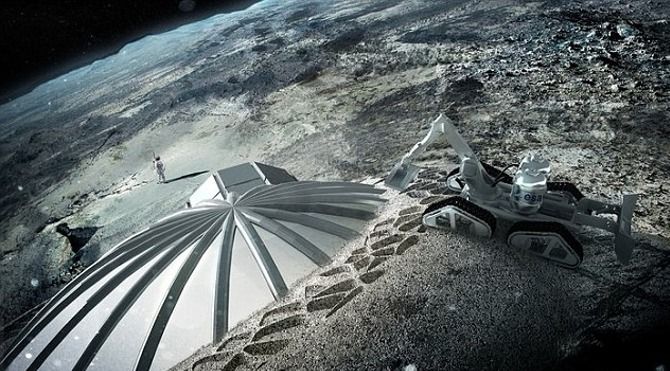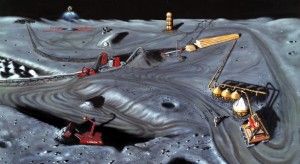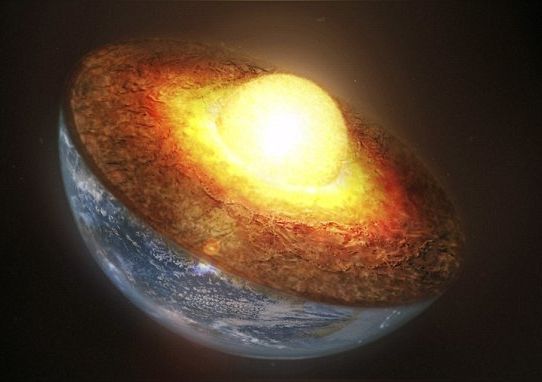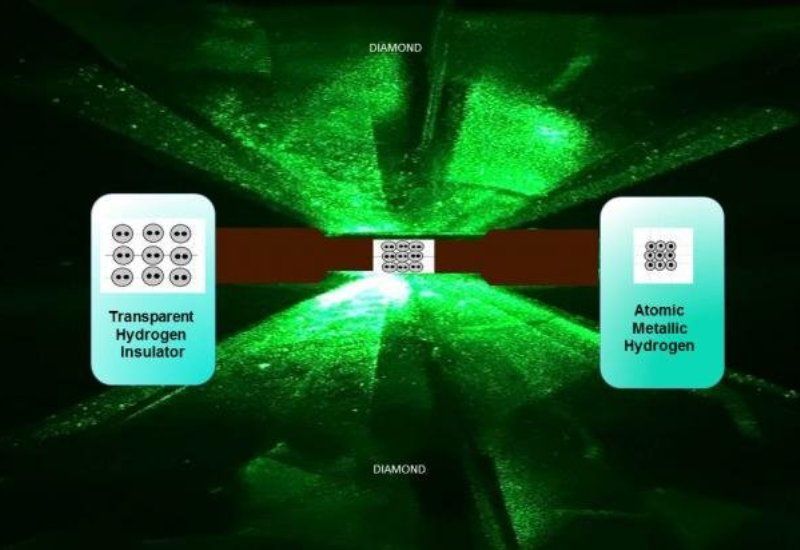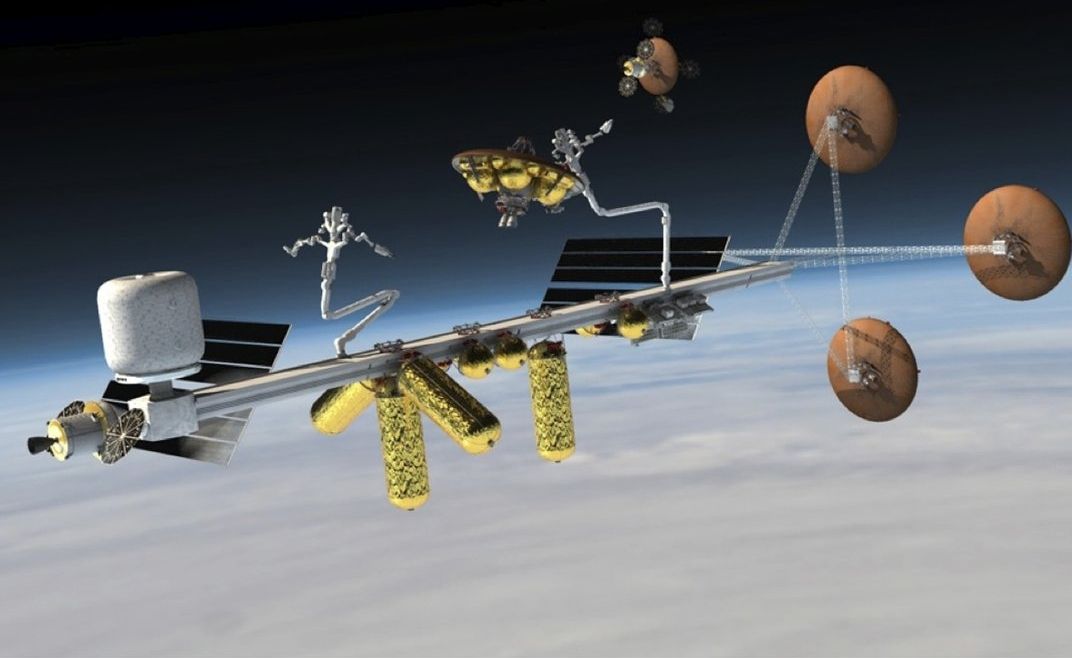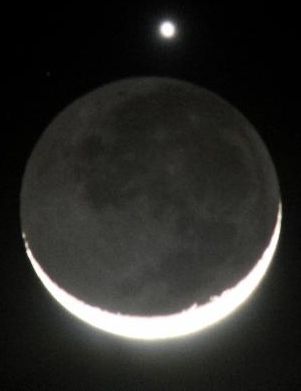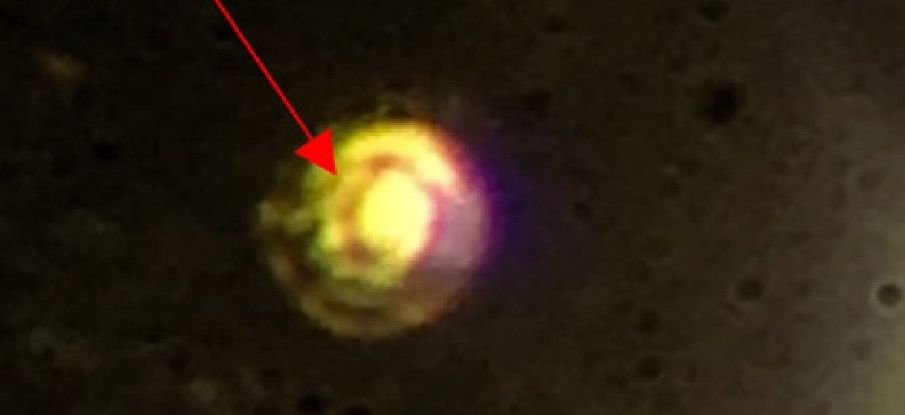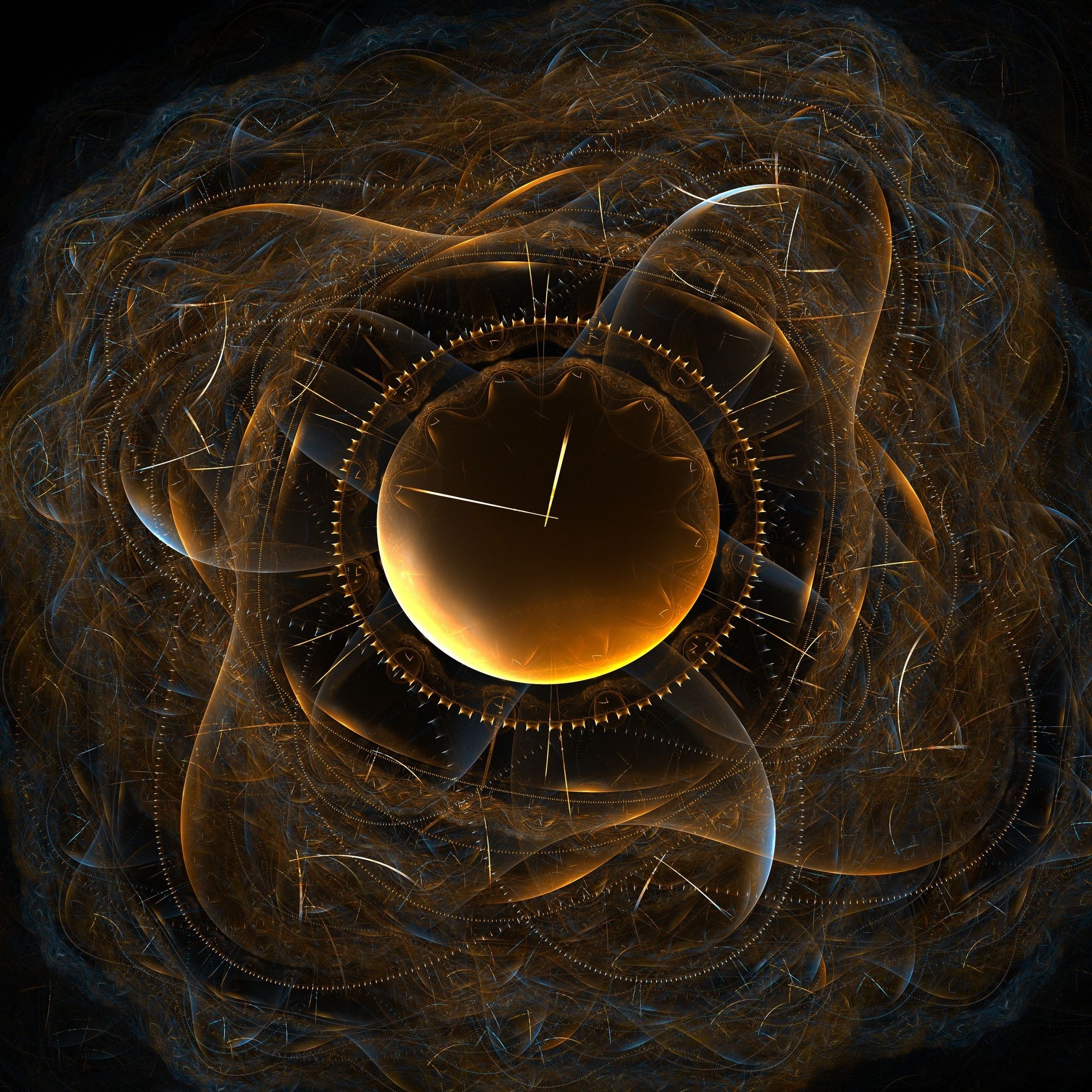Jan 29, 2017
China is going to mine the Moon for helium-3 fusion fuel
Posted by Carse Peel in categories: energy, space
China’s Chang’e lunar probe dynasty is already having a great year. The Chang’e 3 lunar lander surpassed all expectations last week to emerge from its 14th hibernation while the Chang’e 5-T1 just completed its transfer from the Earth-Moon Lagrange Point 2 into a stable orbit around the Moon. Chang’e 3’s main mission was only to take spectrographic and ground penetrating radar measurements, but the Chang’e 5 missions will bring back the first samples containing the actual prize — fusion-ready helium-3.
One of the main reasons helium-3 is sought as a fusion fuel is because there are no neutrons generated as a reaction product. The protons that do get generated have charge, and can therefore be safely contained using electromagnetic fields. Early dreamers imagined that Saturn or Jupiter would be the ideal places to try and get their hands on some helium-3, but it now appears that the Chinese have set their sights on the Moon.
Continue reading “China is going to mine the Moon for helium-3 fusion fuel” »
